Scientists studied the numerous wheatgrass benefits. It’s a powerhouse of vitamins, minerals, and antioxidants. You need these essential nutrients to maintain your health.
Wheatgrass is a plant used in Indian medicine for its health benefits. It’s not just rich in minerals and vitamins. It also contains 17 amino acids, which are the building blocks of protein.
Explore the science behind wheatgrass and how it can benefit your overall well-being.
- Discover the potential benefits of wheatgrass
- Grasp how wheatgrass works
- Select the best wheatgrass supplement with the right amounts
- Understand the potential risks and reactions associated with wheatgrass
- Get to know about the safety of wheatgrass supplements
Potential Wheatgrass Benefits for Health
Wheatgrass benefits your health in various ways based on science. This Triticum aestivum L., the young grass of wheat, has been around for over 5000 years. People believed it had health benefits, so they used it in traditional medicine.
For one, the ancient Egyptians valued its positive effects on health and vitality. In the 1930s, Charles F. Schnabel discovered the incredible nutritional value of wheatgrass. He documented it for the world to see.
It can grow indoors and outdoors in temperate regions across Europe and the US. You can even grow it yourself by soaking wheat seeds in water and then harvesting the leaves.
Herbal plants and food supplements are popular choices worldwide for maintaining health. Wheatgrass has a high nutrient content to remedy or prevent health concerns. It’s a good source of:
- Fiber
- Vitamins A, C, and E, iron, calcium
- Minerals
- Antioxidants
- Chlorophyll
These nutrients are vital for your good health and for preventing long-term health problems. For example, it contains 70% chlorophyll, which increases hemoglobin levels in the blood. It is a protein in red blood cells. It transports oxygen from the lungs to your body’s tissues and organs. Once oxygen is used, it then returns carbon dioxide to your lungs.
Moreover, experts claim that chlorophyll has antioxidant action. It can help reduce inflammation and prevent changes in genetic material.
Potential Wheatgrass Benefits for Health
Wheatgrass benefits your health in various ways based on science. This Triticum aestivum L., the young grass of wheat, has been around for over 5000 years. People believed it had health benefits, so they used it in traditional medicine.
For one, the ancient Egyptians valued its positive effects on health and vitality. In the 1930s, Charles F. Schnabel discovered the incredible nutritional value of wheatgrass. He documented it for the world to see.
It can grow indoors and outdoors in temperate regions across Europe and the US. You can even grow it yourself by soaking wheat seeds in water and then harvesting the leaves.
Herbal plants and food supplements are popular choices worldwide for maintaining health. Wheatgrass has a high nutrient content to remedy or prevent health concerns. It’s a good source of:
- Fiber
- Vitamins A, C, and E, iron, calcium
- Minerals
- Antioxidants
- Chlorophyll
These nutrients are vital for your good health and for preventing long-term health problems. For example, it contains 70% chlorophyll, which increases hemoglobin levels in the blood. It is a protein in red blood cells. It transports oxygen from the lungs to your body’s tissues and organs. Once oxygen is used, it then returns carbon dioxide to your lungs.
Moreover, experts claim that chlorophyll has antioxidant action. It can help reduce inflammation and prevent changes in genetic material.
1. Wheatgrass Benefits Blood Sugar Levels
One potential wheatgrass benefit is its ability to improve blood sugar control. Some early studies have shown that wheatgrass may help regulate blood sugar levels. It can benefit people with high blood sugar levels or diabetes.
A study examined the effects of a wheatgrass diet in reducing oxidative stress in diabetes. It shows that wheatgrass extract from the 9th day of sprouting had the highest antioxidant potential. It contained nine flavonoids.
The 60-day wheatgrass diet improved the condition of the rats with diabetes. It included blood sugar levels, body weight, fat profile, and other markers. It suggests that wheatgrass could be a functional food to help control diabetes.
Diabetes is a serious health problem that can cause many complications. There are medicines available to help, but they can have side effects. So, scientists are looking for safer ways to treat diabetes.
Some people with diabetes usually have low insulin and liver glycogen levels. A study found that wheatgrass reversed this condition in rats with diabetes. Their insulin and glycogen levels went up. It means that wheatgrass could be a good natural diabetes therapy.
2. May Reduce High Blood Fat Levels
Some studies show that wheatgrass benefits cholesterol levels. As a result, it may reduce the risk of heart disease. Researchers evaluated the effects of wheatgrass on 59 women with high cholesterol or blood fats.
They gave some women wheatgrass powder in a capsule every day for 10 weeks. In contrast, they didn’t give any wheatgrass to the other women (control group). Women who took wheatgrass experienced reduced levels of total blood fat and bad fats or LDL. But, good fats or HDL also reduced by 6%.
Regardless, the wheatgrass group still improved compared to the control group. Additionally, the researchers found that wheatgrass might help alleviate some menopausal symptoms. It includes hot flashes and sweating.
Another study looked at whether wheatgrass could do the same thing in rabbits. The rabbits that ate a lot of fat had problems with their blood fat levels. They also got sick from too much oxidative stress.
But when they ate wheat grass, too, their blood fat levels got better. Their oxidative stress decreased, and they were generally healthier. This study suggests that wheatgrass could be a good way to fight high blood fat levels and the problems that come with it.
3. Wheatgrass for Weight Management
Obesity is a health problem where a person has gained excess weight. It can cause other health problems like high blood pressure and diabetes. People have tried using natural plants as medicine to help with obesity.
Scientists studied wheatgrass in mice with a diet that made them gain weight. They found that giving the mice wheatgrass made them lose weight and reduced their blood fat levels.
Moreover, it helped prevent fat from building up in organs like the liver. The wheatgrass made the mice healthier by changing how their bodies processed fat. So, it might be a natural way to help with overweight and related health problems.
Other scientists aimed to see how wheatgrass affects rats’ immune systems and health. The scientists grouped 40 rats into eight groups and gave different amounts of wheatgrass. They then tested the rats to see if they gained weight and ate well.
The rats with suppressed immune systems who ate wheatgrass had lower urea and uric acid levels in their blood. Feeding rats wheatgrass helped them maintain a healthy weight. Moreover, it maintained red blood cell protein levels. It also reduced the levels of certain substances in their blood.
So, wheatgrass may have benefits for the immune system and overall health. Although, more research is needed to know for sure.
4. Wheatgrass Benefits: Could Be an Aide to Help Fight Cancer
Some studies have suggested that wheatgrass may help to combat cancer. It could help prevent the growth and spread of cancer cells. However, scientists need to do more research in this area.
People who have cancer often take wheatgrass along with other therapies. It helps them feel better and have a better chance of recovering. Studies have shown that wheatgrass can help with different types of cancer, including pancreatic, lung, and breast cancer.
Breast cancer
Chemotherapy or chemo uses strong medicine to destroy cells growing too fast in your body. However, it can cause side effects. Wheatgrass may contribute to preventing these side effects when given chemo.
A study tested if wheatgrass extract could stop the growth of breast and cervical cancer cells. It used wheatgrass or with a cancer therapy drug called cisplatin.
It found that the wheatgrass extract could kill the cancer cells safely for normal cells. However, wheatgrass with cisplatin was more effective at stopping cancer cell growth than either drug alone.
Moreover, the wheatgrass extract caused cancer cells to die. It prevented them from growing, confirmed by looking at changes in specific genes involved in cancer cell growth. These findings suggest that wheatgrass extract may be helpful in breast and cervical cancer. It may also enhance the effectiveness of cisplatin.
Wheatgrass Benefits for Colorectal Cancer (CC)
CC is a common type of cancer that affects large intestines. Healthcare providers often recommend chemo to help treat it. Wheatgrass is a food people take as a supplement to help fight cancer.
Wheatgrass juice, rich in nutrients, can enhance chemo and reduce its side effects. Extracellular vesicles (EVs) are small membrane structures that play a role in cell communication.
Scientists studied the effects of wheatgrass on the EVs of people with CC. They found that people who took wheatgrass along with chemo had better EVs. They were less likely to have blood clots and blood vessel damage than those who didn’t.
It could mean that wheatgrass can help people during chemo. EVs may also be useful for healthcare providers to see if cancer therapy is working.
Mouth cancer
Mouth cancer is common and can be deadly. While chemo is often used to treat it, it can harm healthy cells too. Traditional herbal remedies have been used for ages. They’re known to be both safe and effective.
One such remedy is wheatgrass. It contains vitamins, minerals, amino acids, and enzymes that help fight cancer. It’s also high in chlorophyll, thus dubbed as “green blood,” which boosts oxygen levels in the body.
In a recent study, wheatgrass extract stopped 41.4% of oral cancer cell growth in just one day. This finding makes it a promising supplement or therapy option for mouth cancer.
5. Keep Red Blood Cells Healthy
Wheatgrass juice is made from the seed leaves of the common wheat plant. It is rich in nutrients like chlorophyll, amino acids, minerals, and vitamins. Its pH is the same as blood, so it’s easily absorbed and called “green blood.”
Researchers gave 30 women with anemia, or low red blood cells, 30ml of wheatgrass juice daily for 30 days. They found that the juice increased their red blood cell protein levels by an average of 3g/dL.
As a result, it helped with their anemia. The juice also acted as a laxative. It relieved them from constipation. Moreover, there were no reported side effects.

6. Promote Gut Health
Your body’s digestive system needs to be healthy to work properly. One way to keep it healthy is by eating foods with a lot of fiber. Wheatgrass is a high-fiber plant that can help to increase stool bulk and softness.
Experts find wheatgrass to aid digestion. It helps your digestive system work well and keeps you feeling good. One of the most popular wheatgrass benefits is its ability to detoxify the body. The chlorophyll in wheatgrass also has a cleansing effect on the digestive tract.
Moreover, it may help alleviate digestive problems such as constipation, bloating, and diarrhea. For example, ulcerative colitis (UC) causes inflammation in the colon. Researchers studied wheatgrass juice for UC.
Twenty-three people with active distal UC randomly received 100 cc of wheatgrass juice or a daily placebo for a month. They also reported no side effects. Additionally, the researchers noted significant reductions in disease activity and rectal bleeding. The study suggests that wheatgrass may be effective and safe for active distal UC.
7. Kill Germs
Scientists wanted to see if different parts of the plant could stop bad germs from growing. They used five different liquids to take parts from the plant on different days of growth. The older wheatgrass extract and some liquids were more effective than others.
For example, the parts from the 7th day of growth that were taken with a liquid called “hexane” worked the best. They were especially good at stopping two germs called Yersinia enterocolitica and Listeria monocytogenes.
The scientists also saw that the parts could make tiny holes outside the germs. This made it hard for the germs to live. They suggest that wheatgrass extract could be a new and natural way to kill germs. It could also be a health supplement because it has good nutrients.
8. May Fight infections
Wheatgrass benefits your body with its many good properties. It can be an antioxidant and help fight bacteria, fungi, and other harmful things in your body.
In a study, researchers found that wheatgrass has anti-inflammatory effects. They found it reduced the expression of certain proteins that cause inflammation. Moreover, it also prevented the production of harmful molecules called ROS.
They suggest that consuming wheatgrass extracts, especially those taken on day 5 and day 7, may have health benefits. It decreases inflammation and reduces oxidative stress caused by inflammation. However, more research is needed to confirm these findings in people.
Another study examined how wheatgrass extract can fight against certain types of bacteria resistant to multiple drugs. The extract effectively stopped the growth of these bacteria, including Streptococcus mutans and Lactobacillus spp.
Wheatgrass may be a natural and active component that can help combat drug-resistant bacteria in the future. These findings may also help develop new remedies against these types of infections.
9. May Boost Immunity
Research shows that wheatgrass benefits include boosting the immune system. In addition, these compounds can increase white blood cell production. These white blood cells are responsible for fighting infections and diseases.
Wheatgrass also has SOD enzymes that help break down harmful radicals in the body. Studies show that consuming wheatgrass juice can improve overall health. It increases strength, endurance, and even happiness.
For example, a healthy immune system is important to fight COVID-19. Wheatgrass has the potential to boost immunity. Consuming it can potentially protect against the virus.
10. Might Help People with Alzheimer’s Disease (AD)
More research is needed, but there is growing interest in wheatgrass benefits for brain health. For example, AD happens when some proteins build up in the brain. Two of these proteins are called amyloid and tau.
Amyloid builds up around brain cells and forms a plaque. On the other hand, tau builds up inside brain cells and creates a tangle. These plaques and tangles cause AD, which makes it hard for brain cells to work.
An early study looked at how wheatgrass can help protect brain cells from damage. This damage is caused by a protein called beta-amyloid linked to AD.
The study used cells and rats to test how wheatgrass affected brain function. It finds that wheatgrass helped protect brain cells from damage. Moreover, it improved memory in rats given beta-amyloid or a drug that causes memory problems. These results suggest that wheatgrass could be helpful for people with AD.
11. Clear Lungs
Wheatgrass can fight inflammation and aging. Scientists wanted to see if wheatgrass can protect lung cells from damage caused by lack of oxygen. They found that when lung cells were exposed to low oxygen levels, they produced more mucus and inflammatory proteins.
But when they added wheatgrass extract, the mucus, and inflammation decreased. This suggests that wheatgrass could help with conditions with too much lung mucus.
12. Wheatgrass Benefits Might Include Fertility
A study assessed the potential benefits of wheatgrass on fertility and overall health. The study used rats and divided them into three groups. The wheatgrass group had normal values for vital organ functions.
The rats in all groups had normal liver and kidney functions. But the wheatgrass group contains high levels of chlorophyll. It’s an antioxidant and helps rebuild the bloodstream. Additionally, the wheatgrass group showed an increase in testosterone hormone levels. They also had a decrease in follicle-stimulating hormone levels compared to the other groups.
Wheatgrass may have positive effects on fertility. Moreover, wheatgrass has natural substances that can help keep the body healthy.
Why is Wheatgrass Good For You?
Wheatgrass benefits your body through its different actions. For one, it helps combat free radicals that cause illness. It can also speed up aging. In addition, eating wheatgrass can help protect the liver and cells from damage caused by these free radicals.
As a result, it lowers the risk of getting serious diseases like cancer, heart disease, and liver disease. Plus, it can help reduce inflammation to keep a body healthy and strong.
- Anti-inflammatory – Wheatgrass is a supplement that helps reduce inflammation by activating certain pathways. Experts extracted certain parts and found that these could fight against inflammation. At the same time, they also had antioxidants that help protect cells. It means that wheatgrass could be used in healthy foods and cosmetics.
- Antioxidant – Scientists studied the proteins found in different stages of wheat seed growth. They found that many of these proteins can help prevent diseases. Moreover, they found that as the seedlings grow, they become better at protecting against damage caused by free radicals. These free radicals can be harmful to the body.
- Anti-cancer – Researchers found that a wheat part called fermented wheat germ extract might be able to stop cancer cells from growing. They suggest the extract can cause apoptosis when the cancer cells die off. Additionally, they found that it might help chemotherapy work better and reduce some of the bad side effects.
Which Wheatgrass is Best?
You can get the wheatgrass benefits from fresh or frozen juice, tablets, and powders. However, they may vary in content depending on their growing condition and how they are produced.
Different tests were used to measure the antioxidant activity of wheatgrass grown under different conditions. A study found that wheatgrass grown in soil with nutrients had the highest antioxidant activity. It also had higher levels of certain healthy compounds like phenolics and flavonoids.
The juice has a short shelf life and is usually drank fresh. Thus, it creates a need to find suitable methods to extend the shelf life to preserve its nutritional value and safety.
Non-thermal methods, like HPP, ultrasonication, and SC_CO2, show promising results. They preserve the juice quality. However, further research is needed to identify the most suitable methods. Researchers must also determine the safety and quality preservation of using these methods.
For example, manufacturers dry fresh wheatgrass using shade, oven, and freeze. A study found that freeze-dried wheatgrass had the highest amounts of beneficial nutrients. It includes antioxidants, chlorophyll, flavonoids, and saponins.
In contrast, oven-dried wheatgrass had the highest amount of tannins, which are not as healthy. It also had lower vitamin C and beta-carotene.
Moreover, freeze-dried wheatgrass had lower amounts of iron and zinc than the other drying methods. However, these findings suggest that freeze-dried wheatgrass may be the best option to get the most benefits.
How to Take Wheatgrass?
People consume it immediately after being freshly squeezed and on an empty stomach. Although, there is currently no scientific basis to confirm whether the freshness of the juice affects the body’s ability to absorb it. It may also come in different forms for convenience.
Adults may take it for up to 18 months for health conditions. However, there needs to be more reliable information on safety in the long term.
Experts used wheatgrass to explore its potential benefits for health conditions. People took 3.5 grams of freeze-dried wheatgrass powder daily for 10 weeks for high cholesterol levels in capsule form. In contrast, 100 mL of wheatgrass juice was consumed daily for a month alongside standard UC therapy.
These studies are limited in scope. Moreover, further research is needed to understand the effects of wheatgrass on these conditions fully.
Always speak with your healthcare provider before taking wheatgrass supplements.
Wheatgrass Benefits, But What Are the Side Effects?
Wheatgrass is generally well tolerated when taken by mouth. Some people, though, may experience nausea, anorexia, or constipation. In addition, wheat can cause allergic reactions in sensitive people.
As a result, wheat and wheat products, such as wheatgrass, are considered major food allergens in the US. If you have a known allergy to wheat, it is best to avoid wheatgrass products.
Is Wheatgrass Safe?
It’s usually safe to consume raw or juiced. However, some people can’t eat wheat because of a gluten-related problem. It is a type of protein found in wheat. But wheatgrass is gluten-free if harvested from the growing wheat plant without any seeds.
It’s safe for people with celiac disease or gluten intolerance. However, if you have a wheat allergy, your healthcare provider may advise you to avoid wheatgrass. You should only use wheatgrass products that are certified gluten-free if you have gluten sensitivity.
Animal studies suggest that wheatgrass can affect blood sugar levels by lowering them and increasing insulin release. Because of this, wheatgrass might interfere with blood sugar control during and after surgery. If you’re planning to have surgery, it’s best to stop using wheatgrass products at least two weeks before the procedure.
Interactions with other nutrients and medications
If you take any of these supplements, you should talk to your healthcare provider before taking wheatgrass.
- Anti-diabetes drug – Wheatgrass has been found to lower blood sugar levels and increase insulin release. There is a possibility of additive effects, increasing the risk of low blood sugar levels. People taking wheatgrass products should closely monitor their blood sugar levels.
- Herbs or supplements that also lower sugar levels – There may be additive effects, increasing the risk of low blood sugar levels. Examples are alpha-lipoic acid, bitter melon, chromium, devil’s claw, fenugreek, garlic, guar gum, horse chestnut, Panax ginseng, psyllium, and Siberian ginseng.
Frequently Asked Questions
Question 1: What are wheatgrass benefits?
Wheatgrass is a young wheat plant usually taken as a juice or powder. It is rich in nutrients like vitamins, minerals, and antioxidants. Moreover, wheatgrass benefits for health include reducing blood sugar and fat levels.
Question 2: Wheatgrass benefits health, but what are the side effects?
Despite its numerous wheatgrass benefits, it may not be suitable for everyone. Some people may experience side effects like nausea, anorexia, and constipation. People who are allergic to wheat should also avoid consuming wheatgrass. Nonetheless, for most people, it is generally considered safe to consume.
Question 3: How can you get those wheatgrass benefits, and how much should you take?
Wheatgrass benefits can be obtained as a juice, powder, or supplement. Healthcare providers usually recommend starting with a small dose and gradually increasing it to avoid side effects. It’s always best to consult your healthcare provider before taking it.
Final Thoughts
Incorporating “green foods” into your diet is a natural way to increase your nutrient intake. Wheatgrass is packed with nutrition, and studies show its potential health benefits. It includes anti-inflammatory, antioxidant, anti-cancer, and antibacterial action.
Wheatgrass juice is especially helpful in building red blood cells and promoting healthy tissue growth. For best results, consume wheatgrass about an hour before meals with at least a liter of water to fully reap its benefits. But before you do, talk to your healthcare provider first.

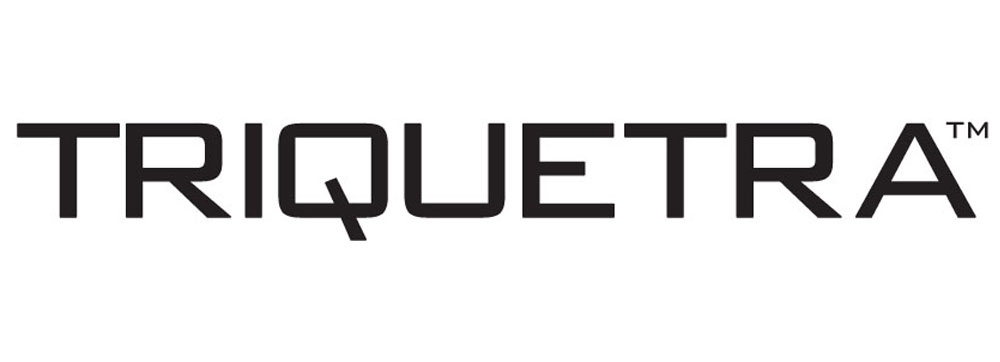





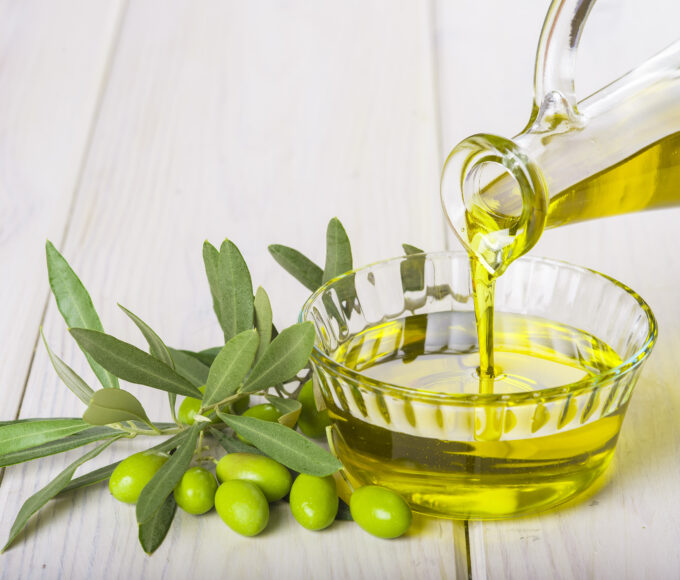
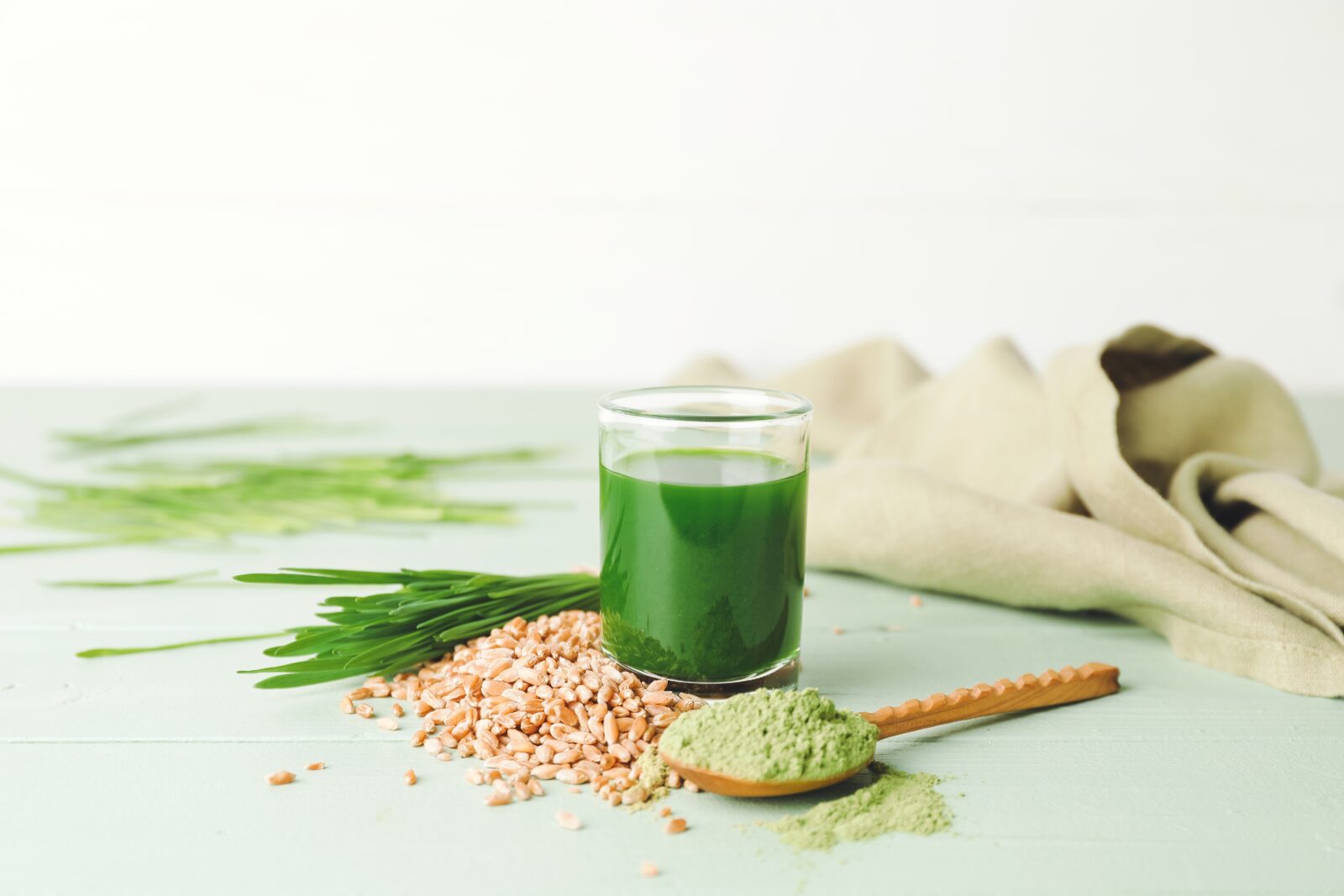






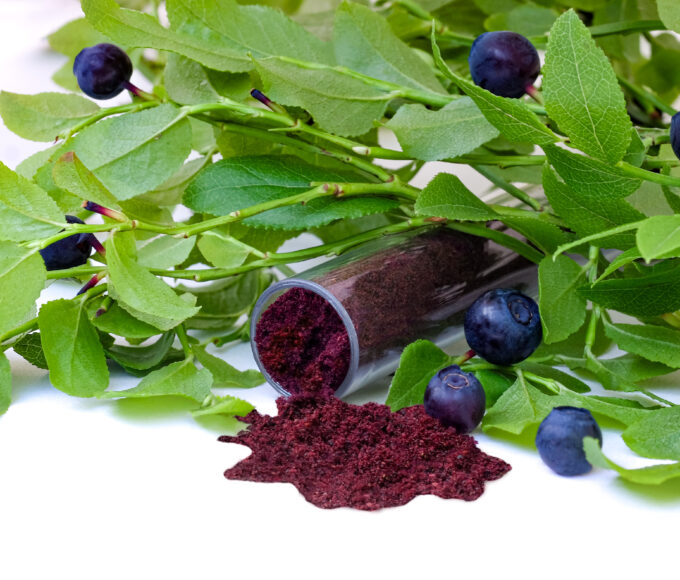
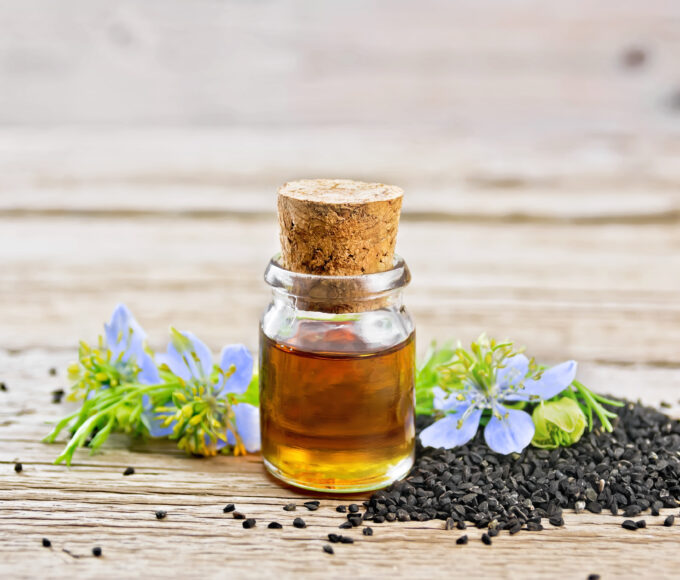
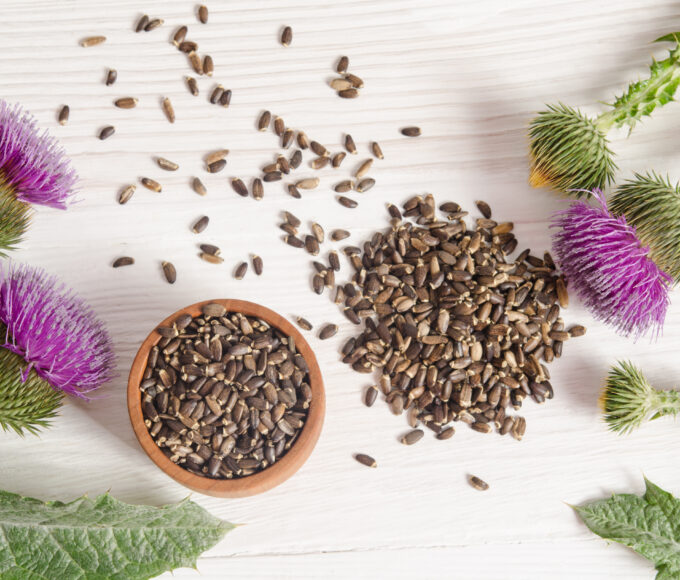
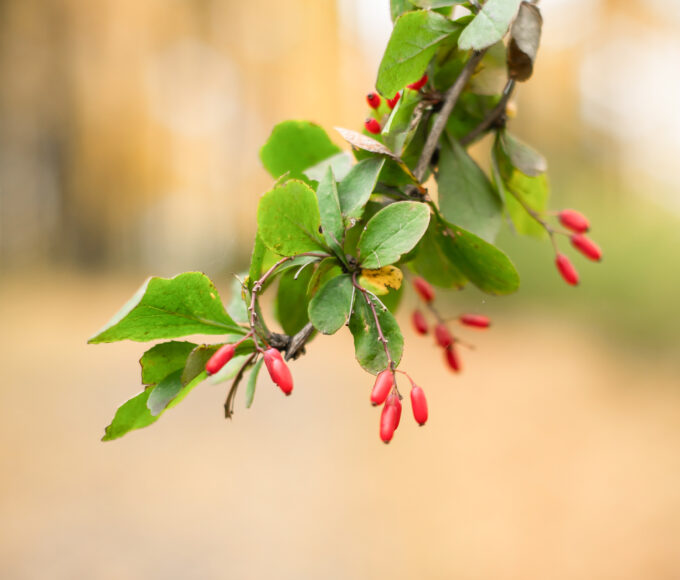
Leave a comment